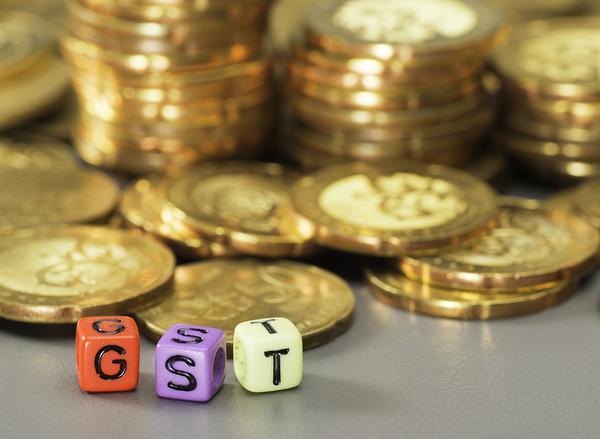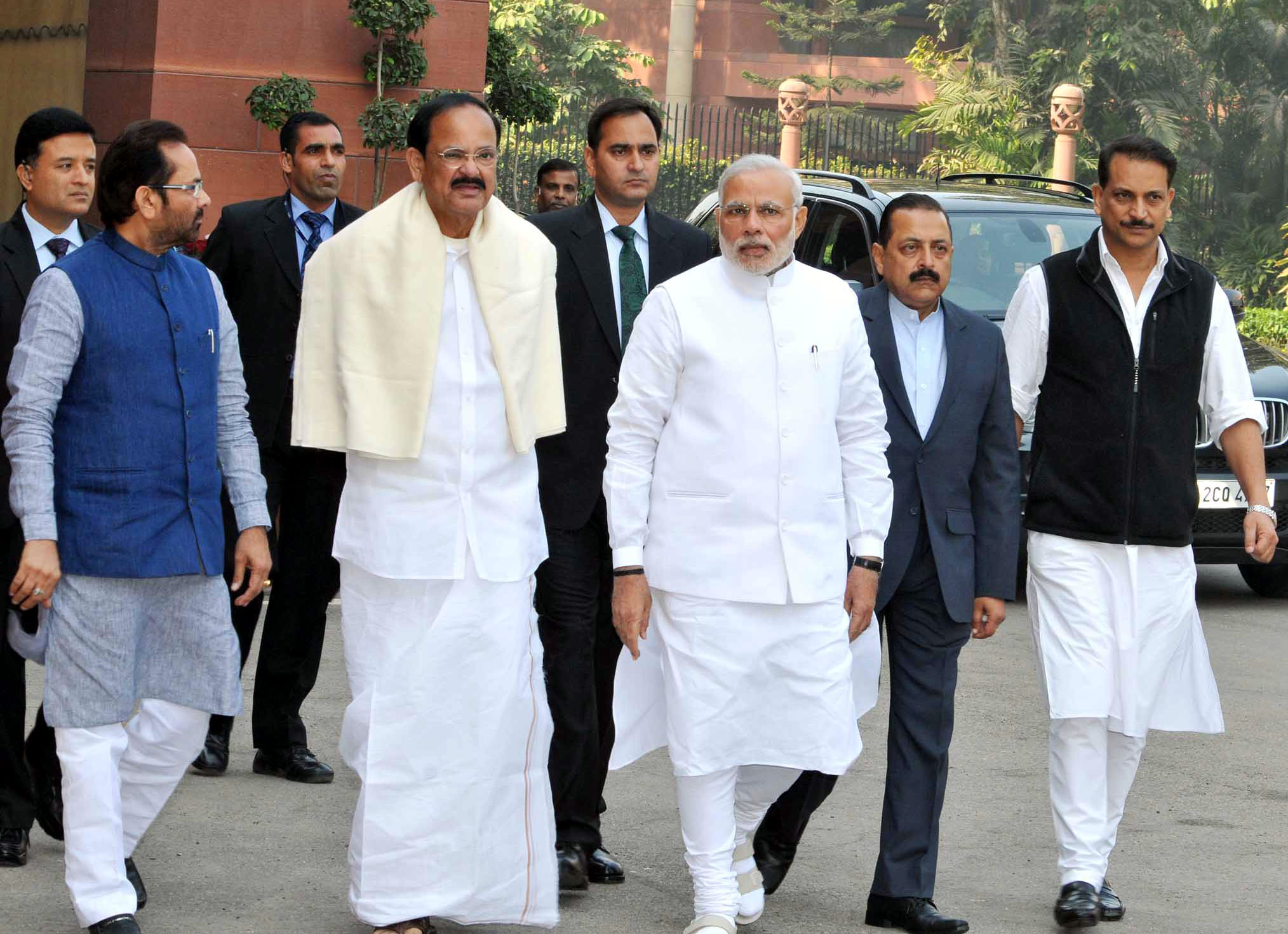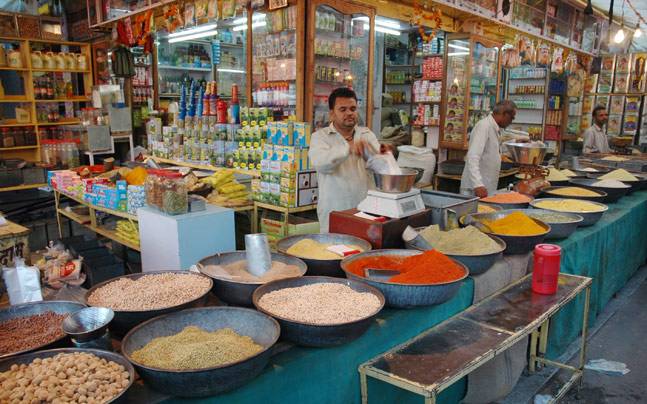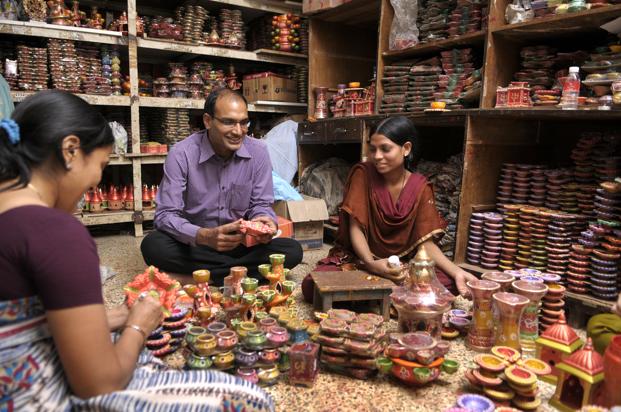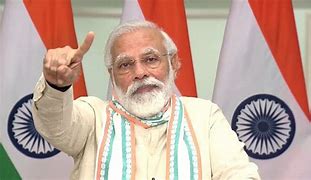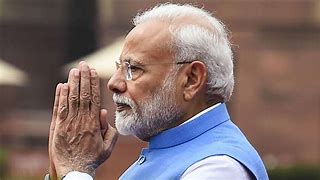Feature
India ready to launch its biggest tax reform ‘GST’ in Parliament

New Delhi: India prepares to launch its biggest tax reform GST, since independence in 1947, businesses and citizens across the country are stimulating for economic chaos.
At midnight on July 1, Prime Minister Narendra Modi will formally usher in the country’s new goods and services tax. First proposed in 2006, the GST will subsume more than a dozen state and central levies into one tax, unifying the country of 29 diverse states and 1.28 billion people into a single market for the first time.
“We are not ready,” said K.E. Raghunathan, a Chennai-based business owner and president of the All India Manufacturers Association. “We do expect tremendous chaos.”
With the deadline looming, protests and industrial strikes broke out across the country over tax rates and compliance burdens. In the states of Tamil Nadu, Gujarat and Rajasthan, tens of thousands of textile workers went on strike, while the association that represents sellers of seeds, pesticides and fertilizers protested in the agricultural state of Punjab.
The move should eventually expand India’s narrow tax base and increase government revenues. It has been heralded by economists and will count as the most important structural economic reform of Prime Minister Modi’s three-year-old administration.
The new tax will boost the country’s fiscal health in the medium-to-long term, wrote Eurasia Group analysts Shailesh Kumar and Sasha Riser-Kositsky in a June 28 note.
“The GST is considered the most important milestone for the Modi government,” they said. “It signals to investors the government’s ability to deliver on its reform agenda. Once the GST is fully operational, it will be groundbreaking and significantly change India’s business environment.”
But even supporters think it’s going to be chaotic in the short-term, despite a two-month relaxation in initial filing requirements.
Businesses are confused by a complicated structure, which includes four tax slabs ranging from 5 percent to 28 percent and numerous exemptions. It’s also not clear what sort of damage the nationwide roll out will inflict on the India’s fast-growing, $2 trillion economy before the long-term benefits kick in.
“There will be disruption,” said Rajeev Chandrasekhar, an investor and upper house lawmaker who is part of PM Modi’s ruling coalition and sat on a parliamentary committee on GST. “There will be plenty of hiccups part technology, part administration.”
As India readies to implement the tax, attention has shifted from exhaustive legislative efforts to get India’s states and political parties on-board to what happens next as millions of small businesses file taxes for the first time.
Some large companies have assigned staff full-time to the transition, while others worry their thousands of small-time suppliers will find it difficult if not impossible to register online and comply with filing requirements. Everyone from businesses to the central bank will now watch for the first signs of stress as the tax ripples through India’s largely informal economy.
Part of the problem is that India is a “non-tax compliant” society, as the country’s finance minister has said frequently. Across India, fewer than 1 percent of people pay income tax and nearly 90 percent of workers are employed in the mostly non-taxed informal economy.
For many small businesses, it’s not just that they and their suppliers will be paying tax for the first time. It’s that the new tax is incredibly complex for businesses that may have operated only with dusty paper ledgers.
“Our chartered accountant says that we need to file three monthly sales reports for GST,” said Ashok Kumar Gupta, 37, who manages a small pharmacy in New Delhi. “Along with this, we will file monthly, quarterly and annual returns.” Many expect short-term disruption as parts of supply chains grapple with the new requirements.
“Given that literacy and digital knowledge in India varies, proper compliance with the registration and filing process is challenging,” Mr Kumar and Riser-Kositsky wrote. Businesses “may temporarily cease to do business with errant filers, disrupting supply chains and the availability of goods, and fueling near-term inflation.”
In the central Indian town of Bhopal, Amit Verma, a wholesale distributor of surgical disposables, said small businesses are in a state of “utter confusion” and that the intricacies of the tax are beyond many of them. “We are not against the GST,” Mr Verma said. “But the issue is it’s so complicated that a normal businessman is finding it very problematic.”
For larger companies, compliance has meant organizing training seminars for suppliers and vendors and assembling dedicated GST teams. Aditya Gupta, head of business development for logistics firm Drive India Enterprise Solutions Ltd., said the firm has assigned four executives to work full-time on the new tax — and that doesn’t even include international tax consultants.
Entertainment
Meghalaya Reserves Legalized Gambling and Sports Betting for Tourists

The State Scores Extra High on Gaming-Friendly Industry Index
Meghalaya scored 92.85 out of 100 possible points in a Gaming Industry Index and proved to be India’s most gaming-friendly state following its recent profound legislation changes over the field allowing land-based and online gaming, including games of chance, under a licensing regime.
The index by the UK India Business Council (UKIBC) uses a scale of 0 to 100 to measure the level of legalisation on gambling and betting achieved by a state based on the scores over a set of seven different games – lottery, horse racing, betting on sports, poker, rummy, casino and fantasy sports
Starting from February last year, Meghalaya became the third state in India’s northeast to legalise gambling and betting after Sikkim and Nagaland. After consultations with the UKIBC, the state proceeded with the adoption of the Meghalaya Regulation of Gaming Act, 2021 and the nullification of the Meghalaya Prevention of Gambling Act, 1970. Subsequently in December, the Meghalaya Regulation of Gaming Rules, 2021 were notified and came into force.
All for the Tourists
The move to legalise and license various forms of offline and online betting and gambling in Meghalaya is aimed at boosting tourism and creating jobs, and altogether raising taxation revenues for the northeastern state. At the same time, the opportunities to bet and gamble legally will be reserved only for tourists and visitors.
“We came out with a Gaming Act and subsequently framed the Regulation of Gaming Rules, 2021. The government will accordingly issue licenses to operate games of skill and chance, both online and offline,” said James P. K. Sangma, Meghalaya State Law and Taxation Minister speaking in the capital city of Shillong. “But the legalized gambling and gaming will only be for tourists and not residents of Meghalaya,” he continued.
To be allowed to play, tourists and people visiting the state for work or business purposes will have to prove their non-resident status by presenting appropriate documents, in a process similar to a bank KYC (Know Your Customer) procedure.
Meghalaya Reaches Out to a Vast Market
With 140 millions of people in India estimated to bet regularly on sports, and a total of 370 million desi bettors around prominent sporting events, as per data from one of the latest reports by Esse N Videri, Meghalaya is set to reach out and take a piece of a vast market.
Estimates on the financial value of India’s sports betting market, combined across all types of offline channels and online sports and cricket predictions and betting platforms, speak about amounts between $130 and $150 billion (roughly between ₹9.7 and ₹11.5 lakh crore).
Andhra Pradesh, Telangana and Delhi are shown to deliver the highest number of bettors and Meghalaya can count on substantial tourists flow from their betting circles. The sports betting communities of Karnataka, Maharashtra, Uttar Pradesh and Haryana are also not to be underestimated.
Among the sports, cricket is most popular, registering 68 percent of the total bet count analyzed by Esse N Videri. Football takes second position with 11 percent of the bets, followed by betting on FIFA at 7 percent and on eCricket at 5 percent. The last position in the Top 5 of popular sports for betting in India is taken by tennis with 3 percent of the bet count.
Local Citizens will Still have Their Teer Betting
Meghalaya residents will still be permitted to participate in teer betting over arrow-shooting results. Teer is a traditional method of gambling, somewhat similar to a lottery draw, and held under the rules of the Meghalaya Regulation of the Game of Arrow Shooting and the Sale of Teer Tickets Act, 2018.
Teer includes bettors wagering on the number of arrows that reach the target which is placed about 50 meters away from a team of 20 archers positioned in a semicircle.
The archers shoot volleys of arrows at the target for ten minutes, and players place their bets choosing a number between 0 and 99 trying to guess the last two digits of the number of arrows that successfully pierce the target.
If, for example, the number of hits is 256, anyone who has bet on 56 wins an amount eight times bigger than their wager.



